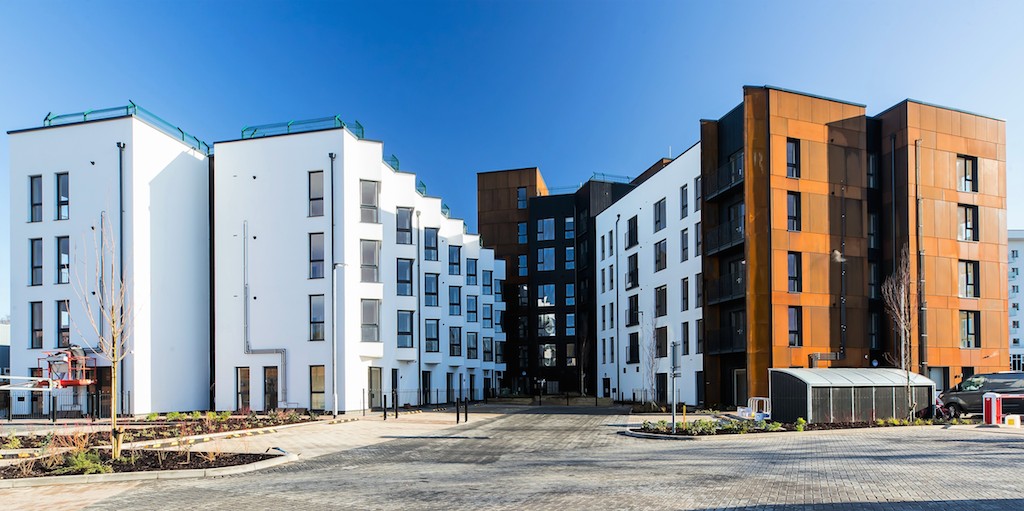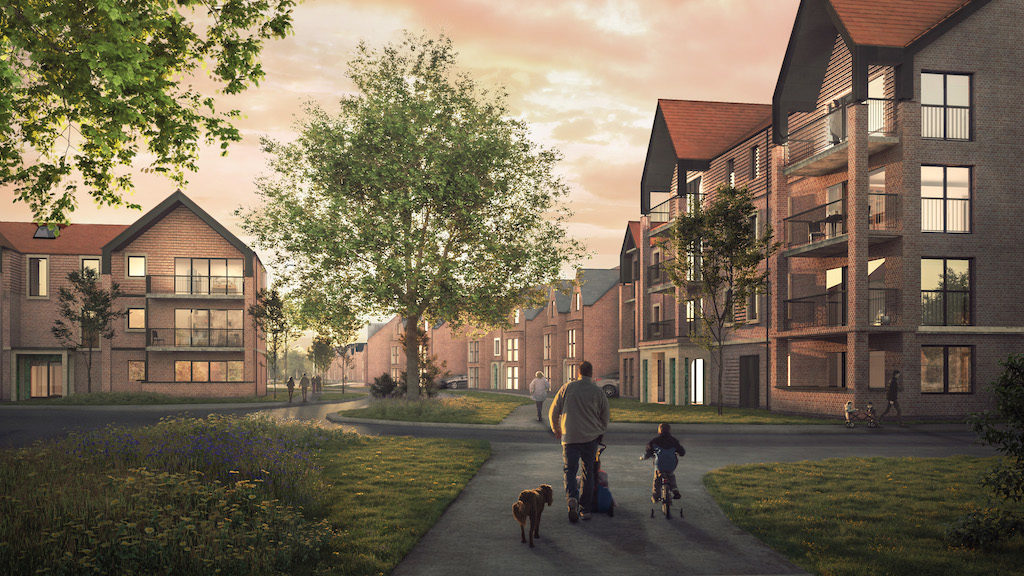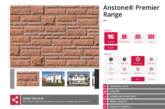

Rob Woolston, Director at multi-disciplinary design practice rg+p, discusses the next generation of council housing and a renewed appetite to evolve this brand of housing.
Since the borrowing cap was lifted last October, delivering development and regeneration on publicly owned land has been unlocked and local authorities are now in a position to take longer term views on what’s viable and, more importantly, beneficial for their communities.
In our experience, this has been quite a liberating process. Not only are local authorities able to look at their land holdings and unlock a more diverse portfolio of sites e.g. former industrial land, highly constrained urban sites, etc… but they are also able to consider typologies, renewable technologies, modern methods of construction and flexible tenures. As architects and masterplanners, this obviously gives us increased scope for design.
We’re now working with local authorities that have a greater willingness to explore; and it is becoming more commonplace for redundant land to be capitalised on rather than disposed of.
For instance, in Hemel Hempstead, Hertfordshire, Dacorum Borough Council held a design competition to regenerate brownfield land in the town’s industrial district. This innovative step resulted in a mixed use development of 79 affordable homes and eight ground floor business units with an ambitious architectural design including a distinctive corten steel façade. By making this statement of design, quality and commitment, this bred confidence and has acted as a catalyst for wider regeneration in this area.
Leading role
By taking more of a leading role in development and embracing techniques like off-site manufacturing, local authorities can accelerate development, vary street scenes and enhance communities. Better still, this is all scalable so it is not just smaller developments being realised but also large regeneration schemes that will actively address local housing need.
An example of this is a project we’re delivering for Leicester City Council. Ashton Green is a landmark sustainable urban extension scheme set to provide up to 3,000 new homes together with community and health facilities, employment land, retail space and approximately 13 acres of green space.
Further benefits to this approach have included greater collaboration across the industry and new partnerships established between authorities, developers, housing associations and consultants. This next generation of housing has evolved quite organically but is gathering at a pace as more authorities begin to use their own assets in new ways.
With the government targeting delivery of 300,000 new homes a year by the mid-2020s, it can only be good news that we are collectively discovering more routes to achieve this.
Rob highlights some of the frustrations with the bidding and procurement process and calls upon the industry to join together to devise a more standardised route.
Rob encourages housebuilders and developers to think ‘beyond the building’ and consider the wider public realm to create the most successful residential developments.









